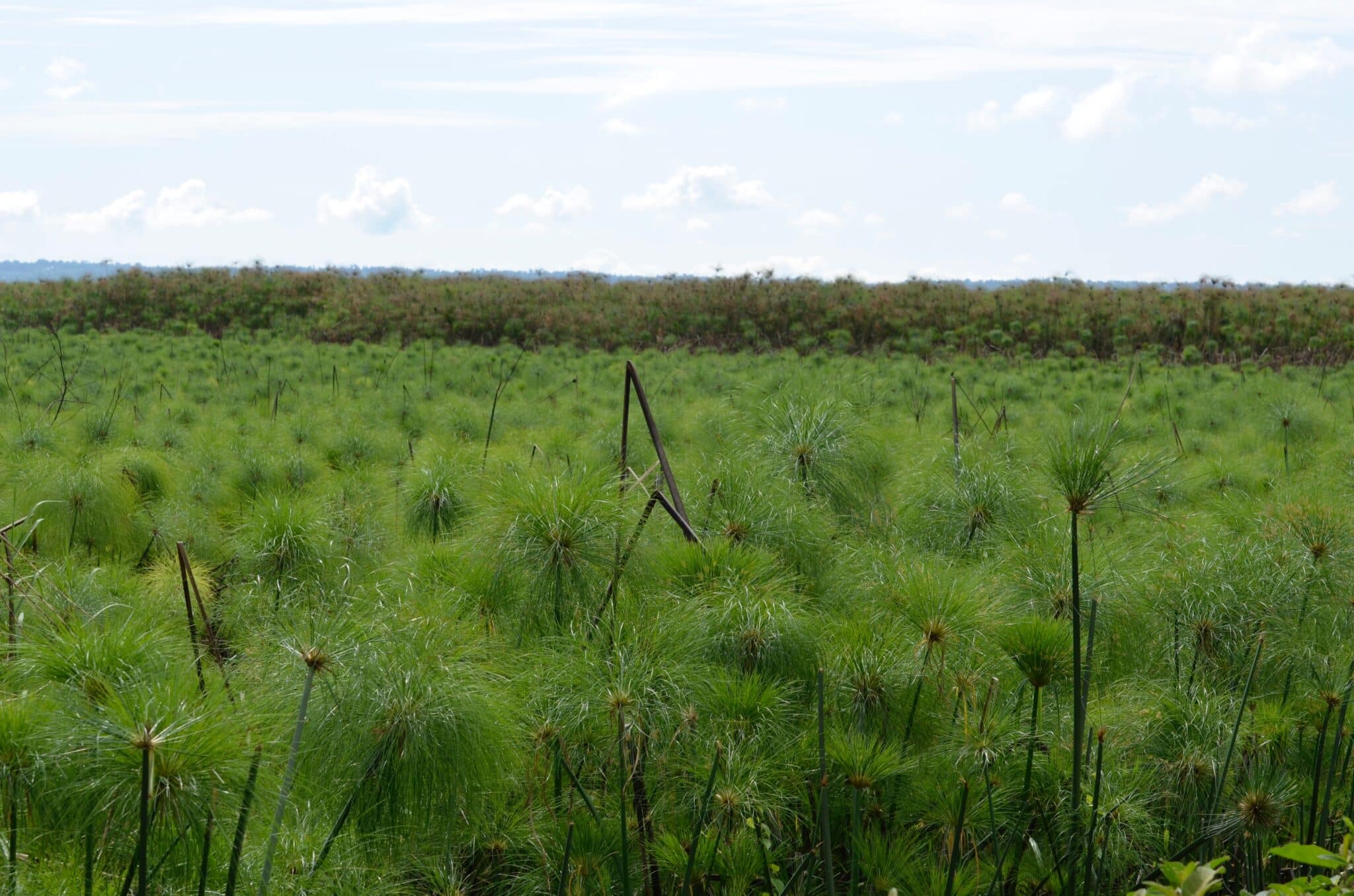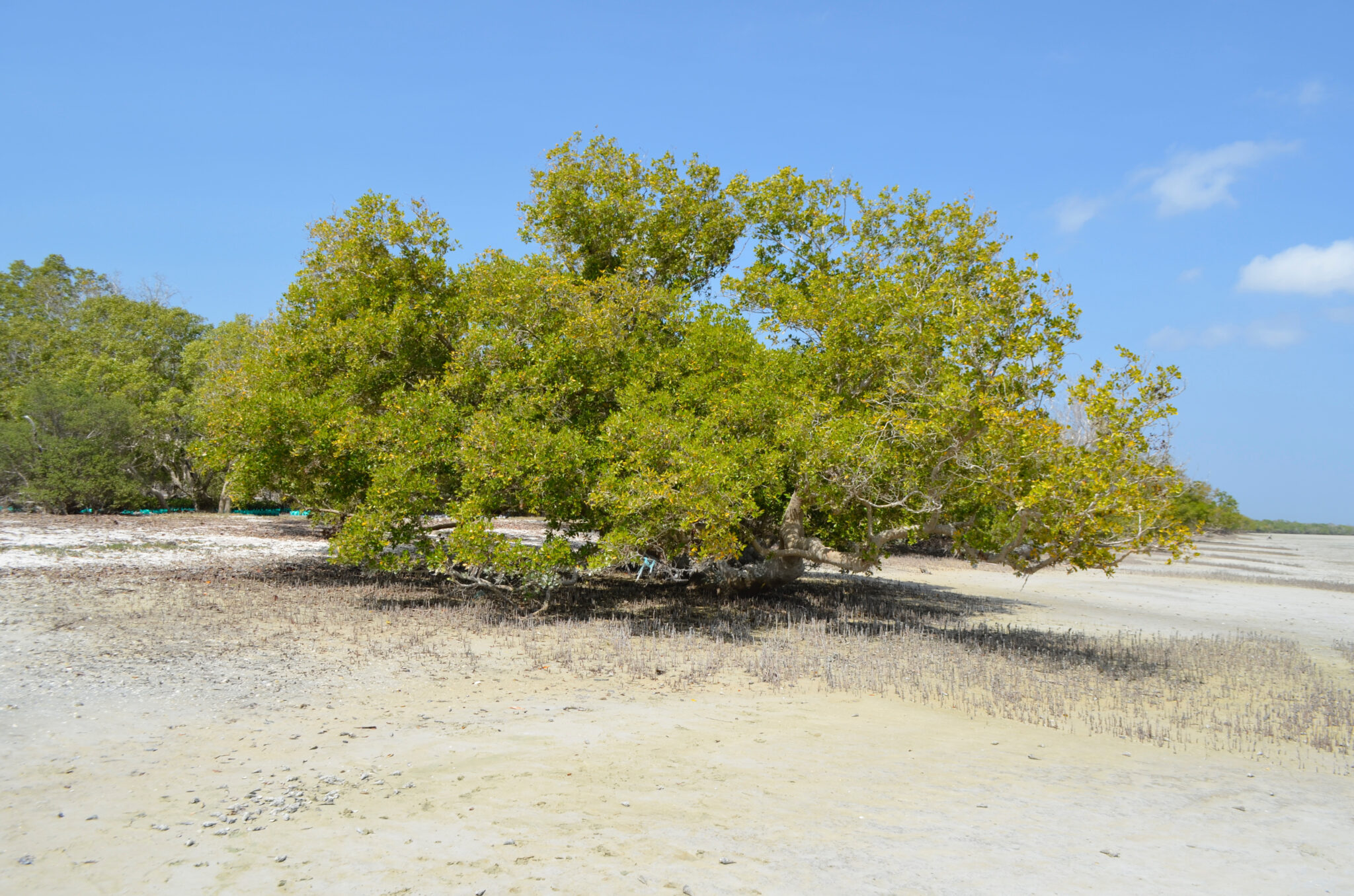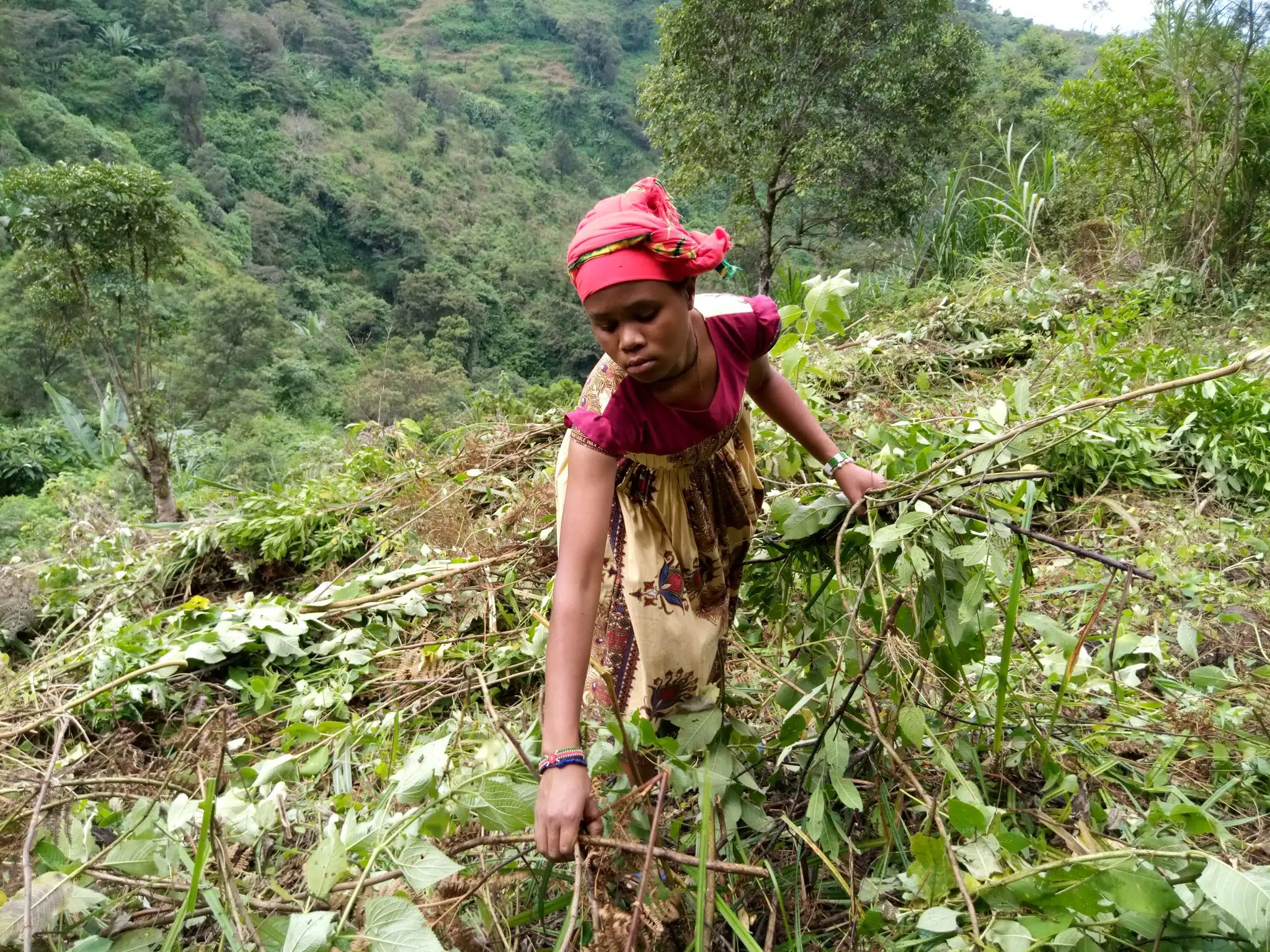Irreplaceable: Kenya’s Yala swamp complex
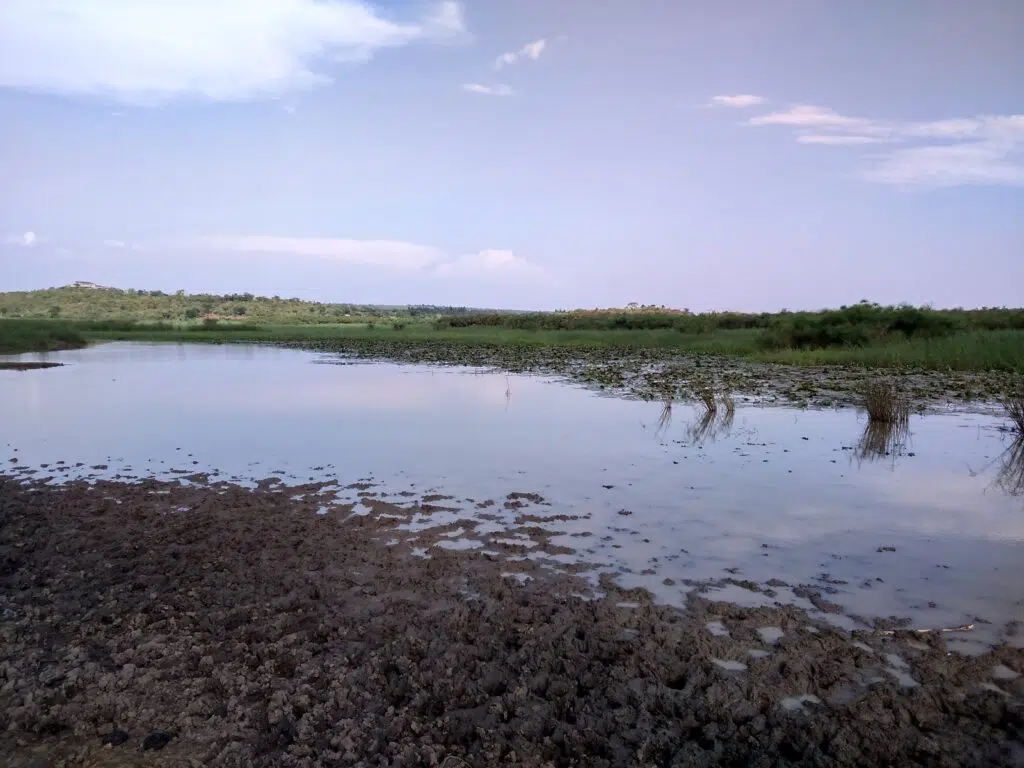
A controversial decision to allocate a large proportion of the Yala swamp complex to a private agricultural company jeopardises the immense natural value of Kenya’s largest freshwater wetland, as well as the range of benefits it provides to thousands of people in its vicinity.
Header Image: The Yala swamp complex, a globally important site for the protection of nature © Omondi
On the north-east shore of Lake Victoria lies the 8,000ha Yala swamp complex, a Key Biodiversity Area (KBA) and Kenya’s largest freshwater wetland. The site is home to an array of species, including sizeable populations of numerous East African papyrus endemics, including Papyrus Yellow Warbler (Vulnerable) and Papyrus Gonolek (Near Threatened), the nationally threatened Sitatunga antelope and many of Lake Victoria’s endemic Cichlid fish species, several of which have gone extinct in the main lake.
Alongside its rich diversity, the complex of wetlands plays vital ecological and hydrological roles in the area, absorbing significant amounts of carbon, storing and releasing vast amounts of rainwater – important to reducing the impacts of floods – and filtering pollutants from the Yala River as it flows into Africa’s largest lake. Yala swamp is also a critical natural resource to more than 250,000 people living in the vicinity.
However, a controversial decision by Kenya’s National Land Committee (NLC) to push ahead with plans to allocate more than 6,700ha of the swamp to a private agricultural company jeopardises the site’s immense natural and cultural value. The development will clear much of the swamp’s habitat to make way for a sugar cane plantation, and will add to the years of agricultural encroachment and overexploitation of resources that has already degraded much of the KBA.
“Turning Yala Swamp into a private sugar cane plantation will shatter my life, robbing me and my community of many livelihood opportunities and services,” said Ayiro Lyala, a resident of nearby Kanyibok village and chairperson of the Yala Ecosystem Site Support Group, a community organisation championing the conservation of the swamp. “I feel let down by the county government, [which] is putting the interest of a private company above that of its people.”
The proposal has been fraught with controversy since its inception, directly opposing land use plans for the site and overlapping with an Indigenous and Community Conservation Area. Kenya’s NLC has also failed to abide by several of the country’s laws, not conducting an environmental impact assessment nor consulting with local communities whose livelihoods will be impacted.
There has been an outcry against the project, and Nature Kenya (BirdLife partner) has been at the heart of efforts pushing back against the proposal. Having joined 17 local conservation and community groups at public hearings against the plans in June 2022, it has also written several objection letters to the Kenyan government. It has also mobilised community support for the protection of the KBA, running media campaigns and creating an online petition, which at the time of writing has more than 1,000 signatories.
“Nature Kenya is not against investment, however investment should not come at the cost of the well- being of the country’s important habitats,” said Dr Paul Maitku, Executive Director of Nature Kenya. “After all, economic development and food security depend on the ecological services provided by a healthy environment. However, fish for food, Lake Victoria water filtration services, carbon sequestration and tourism are more important than sugar cane at Yala.”
However, as all indications were that the proposed plantation was going ahead, in August 2022 Nature Kenya harnessed the power of being part of a global partnership, galvanising the support of 26 fellow African BirdLife partners to co-sign a letter to the Kenyan government against the project, turning what was a national effort into an international campaign to save one of Kenya’s most important wetlands.
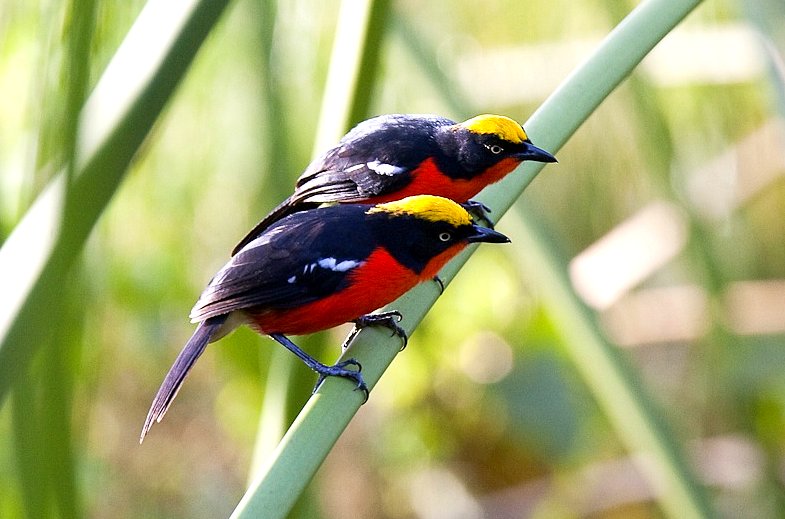
You can support Nature Kenya in protecting this KBA by signing the petition here
Species that will be impacted:
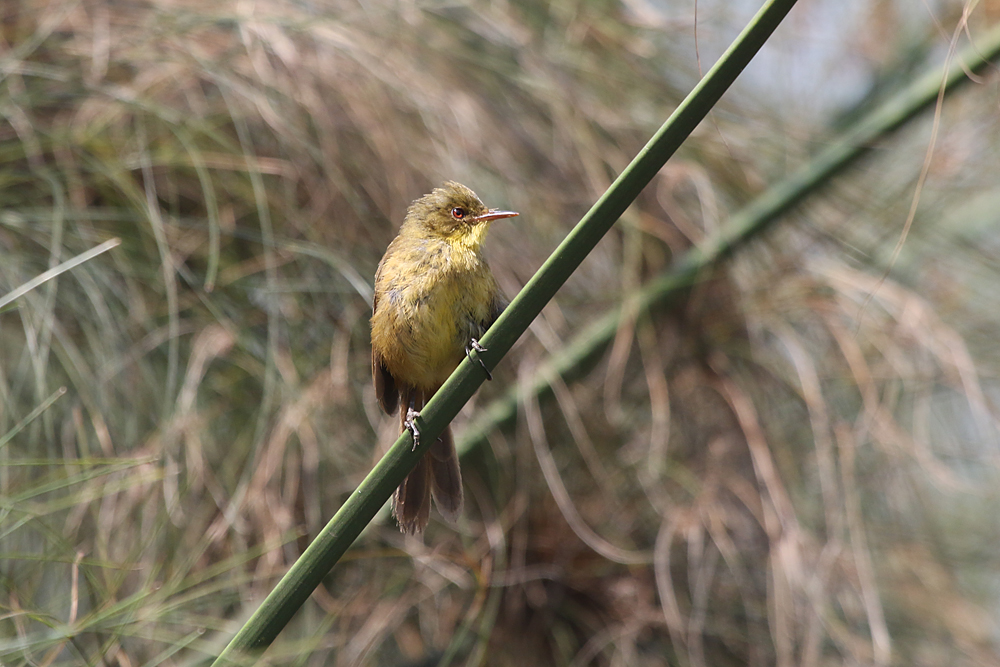
Papyrus Yellow Warbler (Vulnerable)
With a highly fragmented range across East Africa, this little-known warbler is predominantly restricted to papyrus wetlands, although it can occasionally be seen in reedbeds. The destruction and degradation of these habitats, largely due to agricultural expansion and the invasive water hyacinth, has left the species globally threatened. The Yala swamp complex is the most important site for the species in Kenya, a country where it has already declined by more than 90% over the last few years.
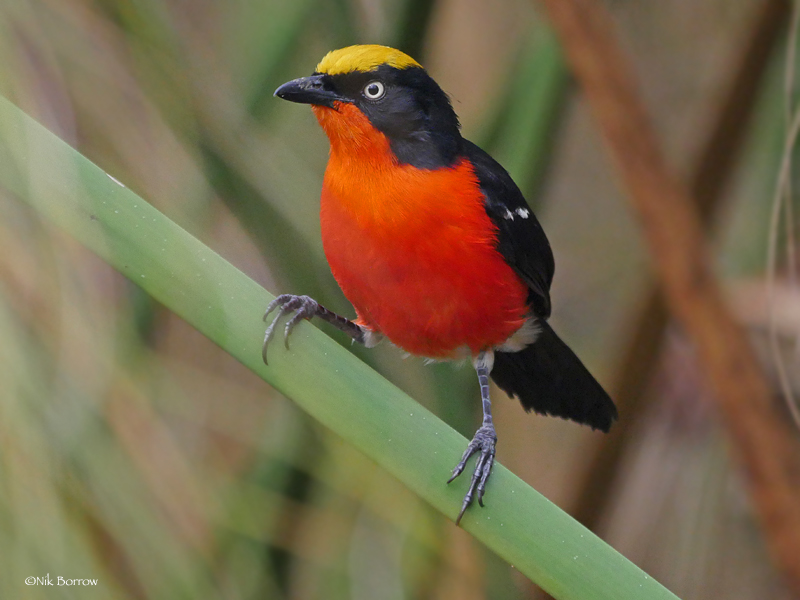
Papyrus Gonolek (Near Threatened)
The Yala swamp complex is also home to a globally important population of this striking black-and-red bushshrike, distinguished from the closely related Black-headed Gonolek by its bright yellow crown. Given that it is highly specialised to papyrus swamps, the destruction of these habitats has already led to relatively rapid declines of the species over recent decades, and this proposed development will therefore very likely have a devastating impact on the species.
